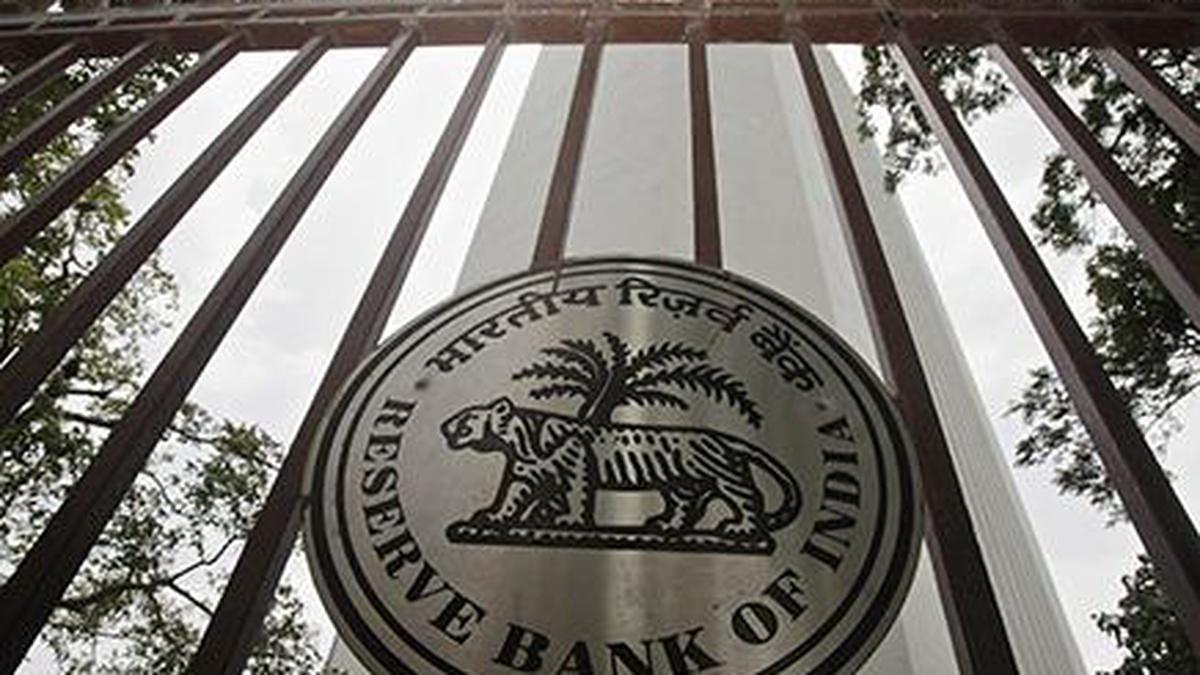Navigating RBI’s Master Directions on NBFCs: Comprehensive Regulatory Framework Across Business Models and Layers
Introduction
The Reserve Bank of India’s Master Directions on Non-Banking Financial Companies (NBFCs) provide a consolidated regulatory framework governing these important financial intermediaries. As NBFCs continue to play a significant role in credit delivery and financial inclusion, these directions ensure their operations remain stable, transparent, and aligned with broader financial system objectives.
What are NBFCs?
Non-Banking Financial Companies are financial institutions that provide banking services without meeting the legal definition of a bank. They engage in loan and advance activities, acquisition of shares/securities, leasing, hire-purchase, insurance, chit business, or receiving deposits under any scheme or arrangement, but do not include institutions whose principal business is agriculture, industrial activity, or sale/purchase/construction of immovable property.
Why is NBFC Regulation Required?
- Ensures stability of the shadow banking system
- Protects consumer interests in non-bank financial dealings
- Prevents regulatory arbitrage vis-à-vis traditional banking
- Maintains overall financial system integrity
- Facilitates orderly growth of diverse financial services
Key Requirements Under the NBFC Master Directions
Registration and Classification
- Mandatory Certificate of Registration (CoR) from RBI
- Classification based on liabilities (deposit/non-deposit taking)
- Activity-based classification (investment, loan, asset finance, etc.)
- Scale-based classification (Base, Middle, Upper, Top Layer)
Capital Requirements
- Minimum Net Owned Fund (NOF) of ₹10 crore for new NBFCs
- Tiered Capital to Risk-weighted Assets Ratio (CRAR) requirements
- Tier-1 capital composition and restrictions
- Capital conservation buffers for Upper and Top Layer NBFCs
Corporate Governance Framework
- Board composition and committee requirements
- Fit and proper criteria for directors and senior management
- Related party transaction policies and disclosures
- Internal audit and compliance function requirements
Asset Classification and Provisioning
- Classification as Standard, Sub-standard, Doubtful, and Loss assets
- Time-based recognition of Non-Performing Assets (NPAs)
- Provisioning requirements for different asset categories
- Income recognition norms for stressed assets
Liquidity Management
- Liquidity Coverage Ratio (LCR) requirements for larger NBFCs
- Asset-Liability Management (ALM) framework
- Structural Liquidity Statements and monitoring
- Liquidity risk management strategies
Disclosure and Reporting
- Annual financial statement disclosures
- Regulatory reporting requirements
- Public disclosures on website and annual reports
- Fraud reporting mechanisms
Differential Applicability Based on Scale-Based Regulation
NBFC-Top Layer
- Bank-like regulatory framework with enhanced requirements
- Higher capital, liquidity, and governance standards
- Intensive supervisory engagement
- Regular stress testing requirements
NBFC-Upper Layer
- Significant regulatory requirements approaching bank-like regulation
- CET-1 capital requirement of 9%
- Mandatory listing requirements within 3 years
- Enhanced disclosure and corporate governance norms
NBFC-Middle Layer
- Moderate regulatory requirements
- CRAR of 15% with Tier 1 at 10%
- Standard corporate governance and disclosure norms
- Core asset classification and provisioning requirements
NBFC-Base Layer
- Light-touch regulation with minimal compliance burden
- CRAR of 15% without Tier composition restriction
- Basic governance requirements
- Simplified reporting formats
Activity-Based Requirements
NBFC-Investment and Credit Companies (NBFC-ICC)
- Diversified loan portfolio requirements
- Specific exposure norms
- Income recognition norms for investment portfolio
NBFC-Infrastructure Finance Companies (NBFC-IFC)
- Specialization in infrastructure lending
- Modified asset classification timelines
- Project finance expertise requirements
NBFC-Factors
- Specialized regulations for factoring business
- Registration under Factoring Regulation Act
- Transaction reporting on TReDS platform
Housing Finance Companies (HFCs)
- Specialized housing loan requirements
- Unique exposure norms for housing sector
- Additional disclosures for property collateral
Penalties for Non-Compliance
- Monetary penalties up to ₹5 crore for serious violations
- Cancellation or suspension of Certificate of Registration
- Prohibition from specific activities or expansion
- Publication of non-compliance details
- Criminal prosecution for willful violations
Recent Updates and Amendments
- Implementation of Scale-Based Regulation framework
- Harmonization of NBFC regulations with banking standards
- Revision of NPA classification timeline to 90 days
- Introduction of Prompt Corrective Action (PCA) framework
- Enhanced disclosure requirements for large exposures
Industry Best Practices
- Robust risk management beyond regulatory minimum
- Advanced data analytics for credit assessment
- Integrated compliance management systems
- Transparent customer grievance redressal mechanisms
- Strong cybersecurity frameworks for digital operations
Conclusion
RBI’s Master Directions for NBFCs represent a calibrated approach to regulation, balancing innovation and growth with financial stability concerns. As the sector continues to evolve, NBFCs that proactively embrace these regulations while maintaining their business model uniqueness will be better positioned to contribute sustainably to India’s financial landscape.














